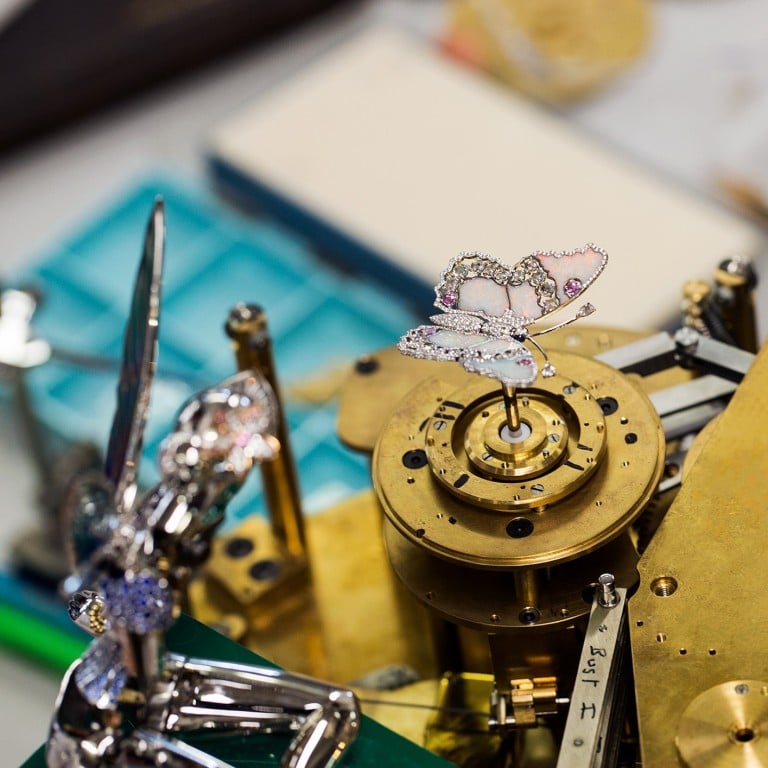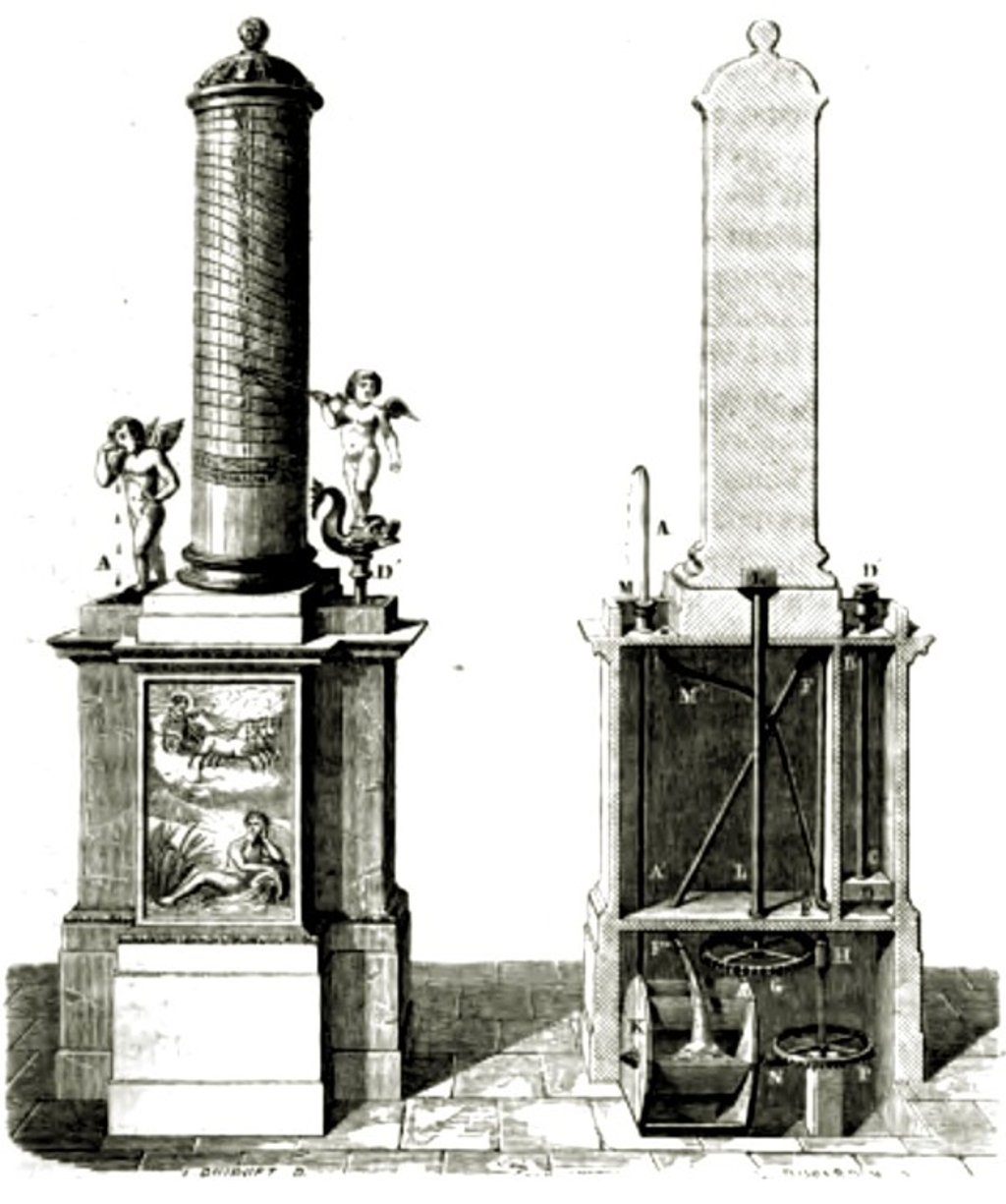Automatons have a lesser-known history, tracing back to the Greeks

These mechanical marvels date back to the first century
Although the 18th and early 19th century might be described as the golden era of automatons – all the more so as clockwork was then considered an effective metaphor for the workings of the human body – they actually have an ancient past.
The Greeks in the third to first century made automatons using pneumatics and hydraulics rather than escapements and weight drives; Ctesibius, often cited as the “father of automatons”, created what he called “contrivances and amusing things pleasing to the eye and ear”.

Between the ninth and 13th century, Arabs sketched plans for mechanical servants – just as robots would be regarded in the 20th century.
However, it is the French inventor Jacques de Vaucanson,whose work in the 1750s and 1760s has led him to be considered the greatest maker of automatons. His most famous work, Digesting Duck – a life-sized mechanical duck made of gilded copper - appeared to be able to drink, eat, quack, splash and, true to life, also defecate.